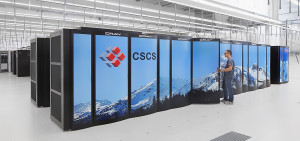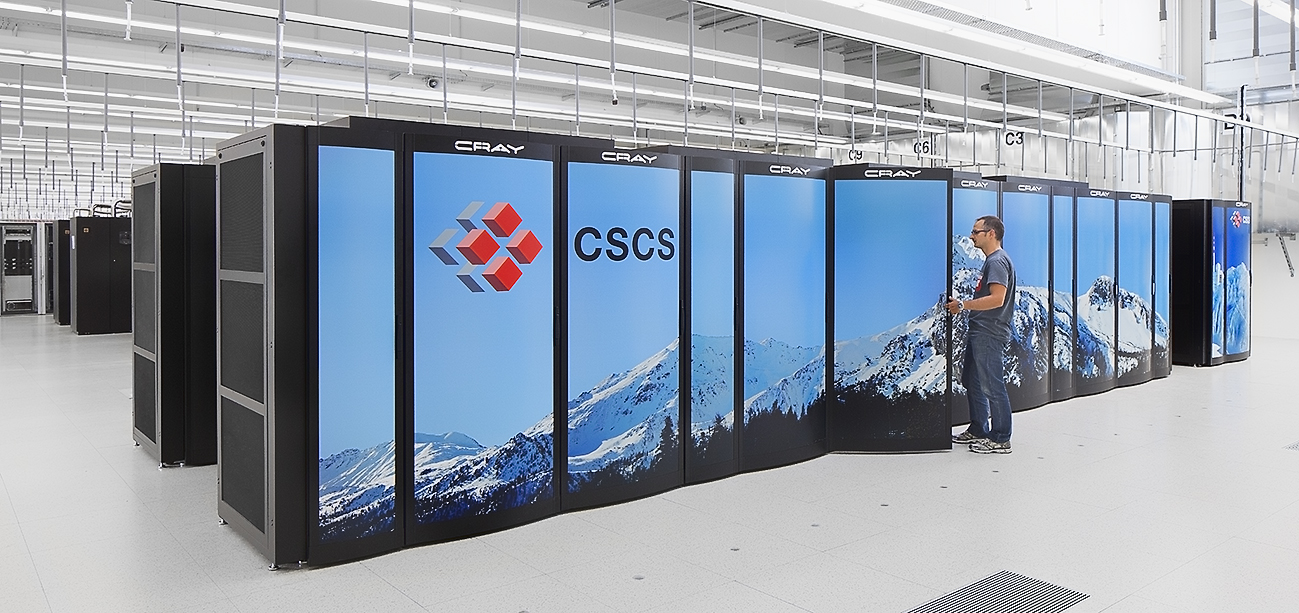 Today Allinea Software released details on a close working relationship that is helping scientists in research and industry to exploit Piz Daint – Europe’s most powerful supercomputer.
Today Allinea Software released details on a close working relationship that is helping scientists in research and industry to exploit Piz Daint – Europe’s most powerful supercomputer.
Piz Daint is a 5,272-node Cray XC30 supercomputer with Intel Sandybridge processors and NVIDIA K20X GPUs, with a theoretical peak performance of 7.8 petaflops. It runs software from a wide variety of disciplines, including climate science, geoscience, chemistry, physics, biology and materials research.
 With many of the software codes customized or written by the scientists that use Piz Daint – often utilizing high-performance programming models such as OpenACC or CUDA – CSCS recognized reliable and bulletproof tools were needed to ensure that the codes reach their potential and chose to work closely with Allinea and deploy the Allinea DDT debugger.
With many of the software codes customized or written by the scientists that use Piz Daint – often utilizing high-performance programming models such as OpenACC or CUDA – CSCS recognized reliable and bulletproof tools were needed to ensure that the codes reach their potential and chose to work closely with Allinea and deploy the Allinea DDT debugger.
Saving time on resolving software problems is key. We want to help people focus on their core activity – whether in their science or in improvements on their existing codes. Allinea DDT helps us to do that,” says Jean-Guillaume Piccinali, Scientific Computing Support Specialist.
Allinea and CSCS work together to test and validate pre-production environments, which enables changes to be rolled out with confidence, and problems in systemware or libraries to be triaged quickly. In addition, they run training programs to help the users work productively, while focusing on their science.
With today’s rapidly changing HPC environments, collaboration is the key to enabling the rapid deployment of new technology – and then to delivering on the potential of HPC,” said Patrick Wohlschlegel, Technical Services Manager of Allinea Software. “Together CSCS and Allinea are shortening the time it takes for developers to solve bugs on the system.”




